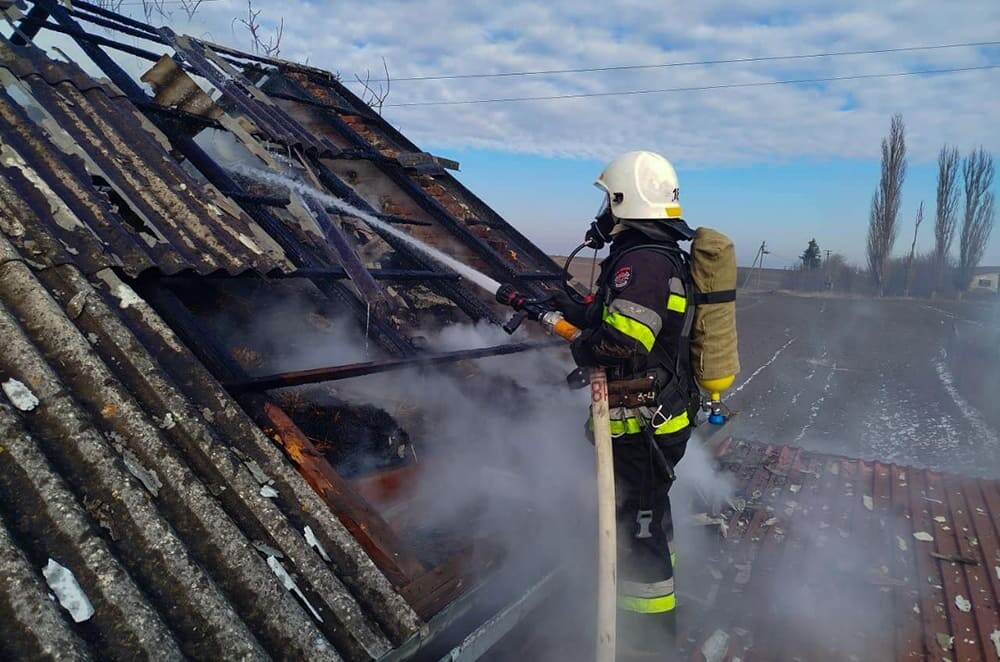In the field of electrical engineering, incorporating such elements as wide voltage inductive proximity sensors into circuits involves certain skills, anticipation, and knowledge of the sensors and circuits.
These sensors are highly reliable and can be used in a wide range of applications where accurate detection and control is needed irrespective of the electrical conditions. This guide offers engineers practical advice on how to incorporate these sensors into intricate circuits and also offers information on how to select the right extended sensing distance proximity sensor factory for procuring these parts.
Knowledge
Wide voltage inductive proximity sensors are developed to work at a wide range of input voltages, thus they can be applied in various industries. They are particularly well suited to applications where voltage levels may vary greatly, and the device will not require frequent re-orientation. These sensors are particularly ideal for use in automotive systems, robotics, and manufacturing lines where stability and accuracy are critical.
the Right Sensor
Choosing the right sensor is very important. These are the operating voltage range, the environment in which the sensor is to be used, the material of the target object, and the sensing distance. Engineers should look for sensors from a reliable extended sensing distance proximity sensor factory that has various models to suit the needs of the projects.
Circuit Integration Challenges
The use of wide voltage inductive proximity sensors in complex circuits has some issues such as noise interference, voltage spikes, and compatibility with other circuits. To avoid these problems, the following factors should be taken into consideration when choosing the electrical characteristics of the sensor with respect to the circuit: the current consumption, the type of output signal (NPN or PNP), and the load that is to be controlled or monitored by the sensor.
Installation Best Practices
It is important to install wide voltage inductive proximity sensors correctly in order to achieve the best results. This includes making sure that the sensor is positioned in the right manner and at the right distance from the target, using shielded cables to avoid interference from electromagnetic fields, and grounding the sensor well enough to avoid possible damage from static electricity or power surges.
Right Supplier
In this case, it is important to work with a reputable wide voltage inductive proximity sensor supplier. Such a supplier can offer not only good quality sensors but also technical support and other services that can be useful for the company. Selecting a supplier that can appreciate your needs can go a long way in easing the integration process and guarantee the reliability of the sensors in the intended applications.
Therefore, incorporating wide voltage inductive proximity sensors into complicated circuits entails a comprehensive knowledge of the sensors and the application requirements. Thus, by adhering to these tips and selecting the components from a reliable extended sensing distance proximity sensor factory, the engineers can improve the performance and durability of their projects. This approach not only guarantees the successful application of wide voltage inductive proximity sensors but also optimizes the use of the sensors in enhancing efficiency and stability in different industries.





